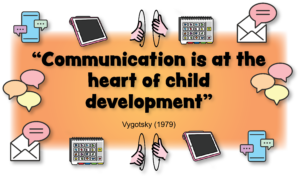Other Professionals
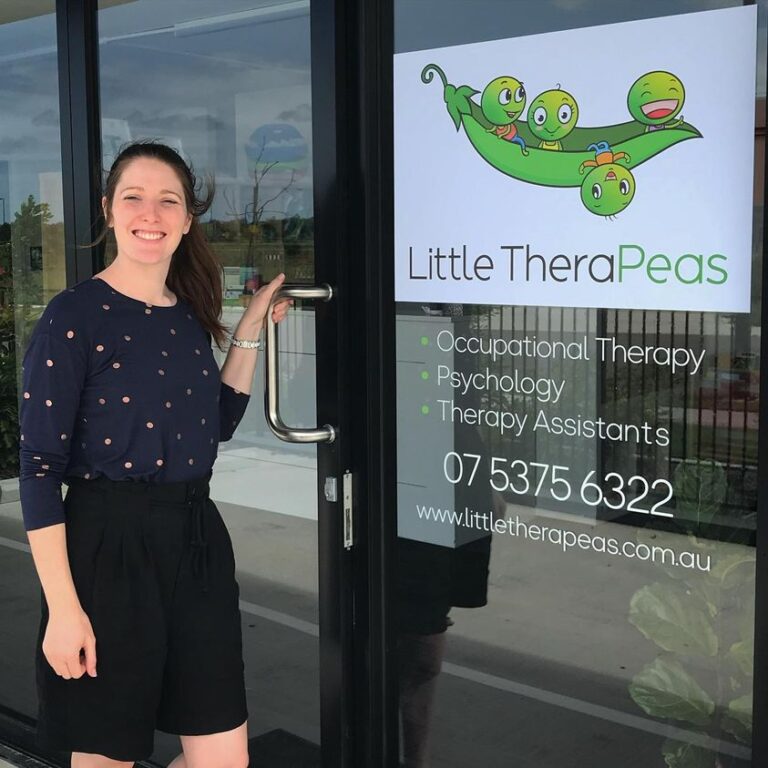


What is key word sign?
Key word signing is an unaided Augmentative and Alternative Communication (AAC) tool.
Key word signing is a simplified signing system that uses manual signs, natural gesture and facial expression to support the interaction, communication and language development of those who may have difficulty with language comprehension and expression, speech development and speech intelligibility.1
Sunshine Sign and Sing recognises that within the AAC field that there is no-one method or technique, including key word signing, that will fulfil every communication need in every situation and a multi-modal communication approach is usually required.2
Research suggests there is a good indication that AAC interventions assist speech production3 and our hope is that all speech pathologists and other professionals consider using it as an AAC tool within their services.
We understand that a multimodal approach is usually required and that signing may not always fit with your client’s situation. However, we truly believe that key word signing is an amazing resource that has some great advantages and would love to be able to assist you in making it easier for your clients to use.
If you / your client does choose to use key word signing, we have a number of resources that can be used in the centre or by your client to encourage a signing environment that will motivate communication partners and their child to adopt signing into their routine and day-to-day life.
We often collaborating with professionals, and is one of our favourite part of our business, talking and getting ideas from specialists and experts to provide exactly what you and your families need.
Please contact us if you have any ideas or suggestions of products that would be useful to yourselves and your clients.
Current Resources and Services
We currently offer introduction to Children’s key word sign training for certain professions, these include:
• Music Therapists
• Physiotherapists
• Occupational Therapists
• Speech Pathologists
• Teachers
We are currently looking for a Play Therapist to work with to create a tailored sign vocabulary for this profession. If you are a Play Therapist with an interest in Children’s Key Word Sign please contact us today.
The training is approximately 3 hours long, and includes the following:
• What is children’s key word sign
• Benefits of children’s key word sign
• History of children’s key word sign
• How to sign
• When to sign
• Recognising first signs
• First Signs
• Core Signs
• Fringe Signs relevant to your service / profession
• Feeling Signs
• Creating a Successful Signing Environment
• Forming a Communication Action Plan
• Overcoming Barriers to Success
Included in the training is:
• Professional Lanyard Children’s Key Word Sign flashcards for up to 10 participants
• Children’s Key Word Sign poster tailored to your profession
• One year access to an online core vocabulary for your profession, including video sign tutorials and 2D sign pictures
• Participant Certificate
The training can be completed either face-to-face or online. For more information about our training please contact us.
Our other resources that are available for purchase from our shop are:
- Flashcards
- Customised products
- Story Sign books
- Song & Sign books with access to music tracks included
- Posters
Customised Key Word Sign Resources
We love collaborating with specialists and experts who have ideas for key word sign resources or have particular needs for their service and clients. We are happy to work with your to create key word sign resources and / or training for your particular requirements.
Please contact us for more information.
Still not convinced, below we have set out the benefits of Children’s Key Word Sign that you are likely to see with your children once you implement it into your setting.
What are the benefits of key word sign?
All AAC tools have their benefits, below we have listed the benefits of manual signing / key word sign:
- Signing encourages the communication partner to slow down their speech and emphasise key signs which encourage language.
- Signs last longer than speech, especially as they can be held static allowing children the ability to imitate and assists with their comprehension.
- Gestures predicts subsequent language milestones which signs are built upon.
- Key word signing uses all communication modalities of visual (the sign), the auditory (the spoken word) and kinaesthetic (the movement of creating the sign and any sign movement). This feedback assists learning, memory and recall.
- Once the signs have been learnt by the communication partners and child it is an unaided form of AAC.
- Parent’s translations of gestures has been shown to facilitate word learning in children4 therefore it is likely a parents translation of signs would also result in word learning.
- Research indicates that children with some intellectual disabilities prefer to process information visually and spatially over auditory and verbally5.
- Gesture production is a strength for people with Down Syndrome so it plays to the their natural strength making key word signing an ideal tool for them.6
- It is a tool that can be used any where, it can be discreet and personal which makes it great for those that struggle in public situations.
- For those that suffer with anxiety, using key word signing can help by getting them to concentrate on the signs rather than the situation, giving them a form of communication when they may be struggling with words.
- Encourages communication as signing is often easier for a child than speech.
- Signing encourages more eye contact which improves bonding between the communication partner and child.
- It reduces the frustration of the child as they can get their wants and needs addressed through sign.
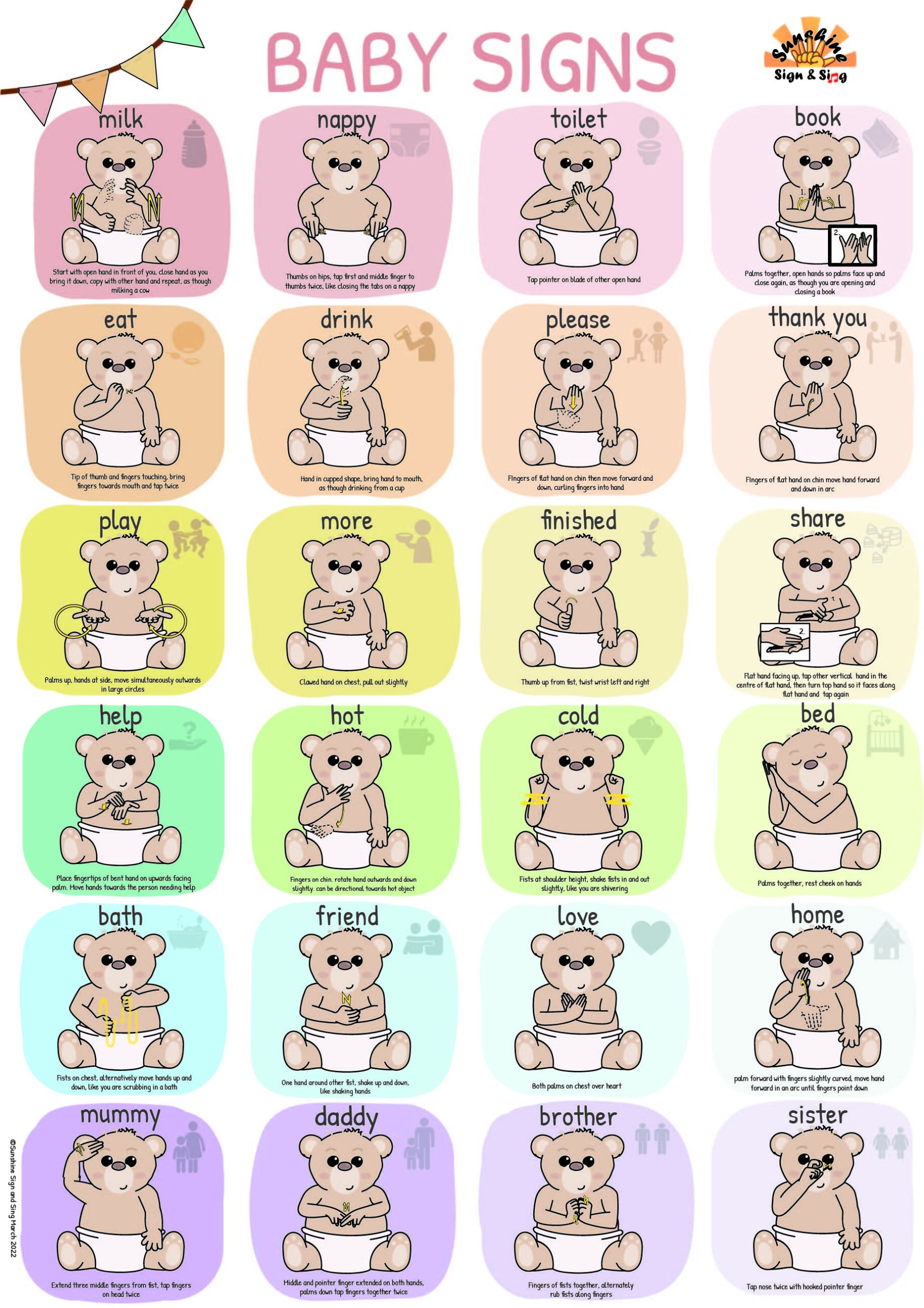
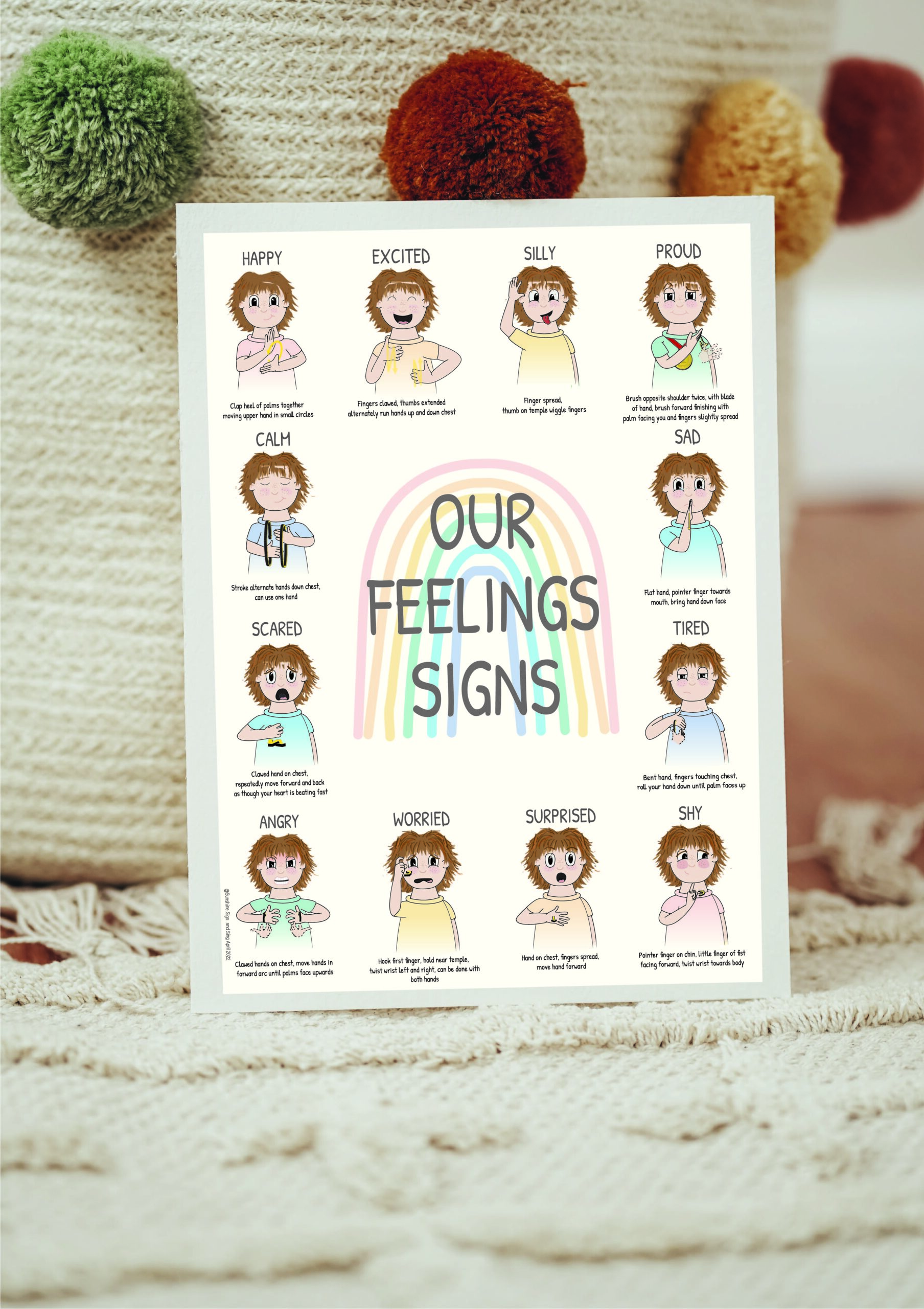
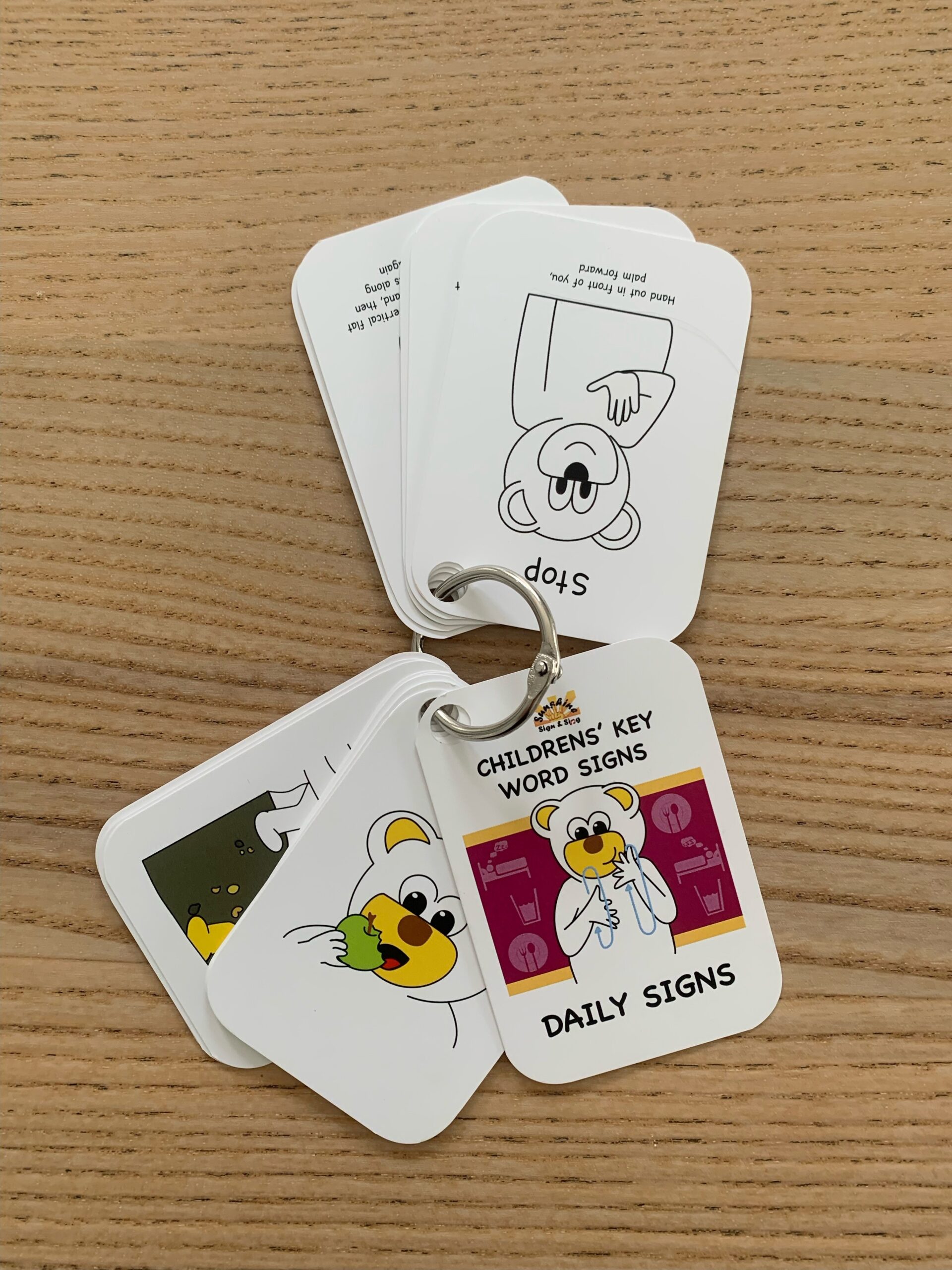
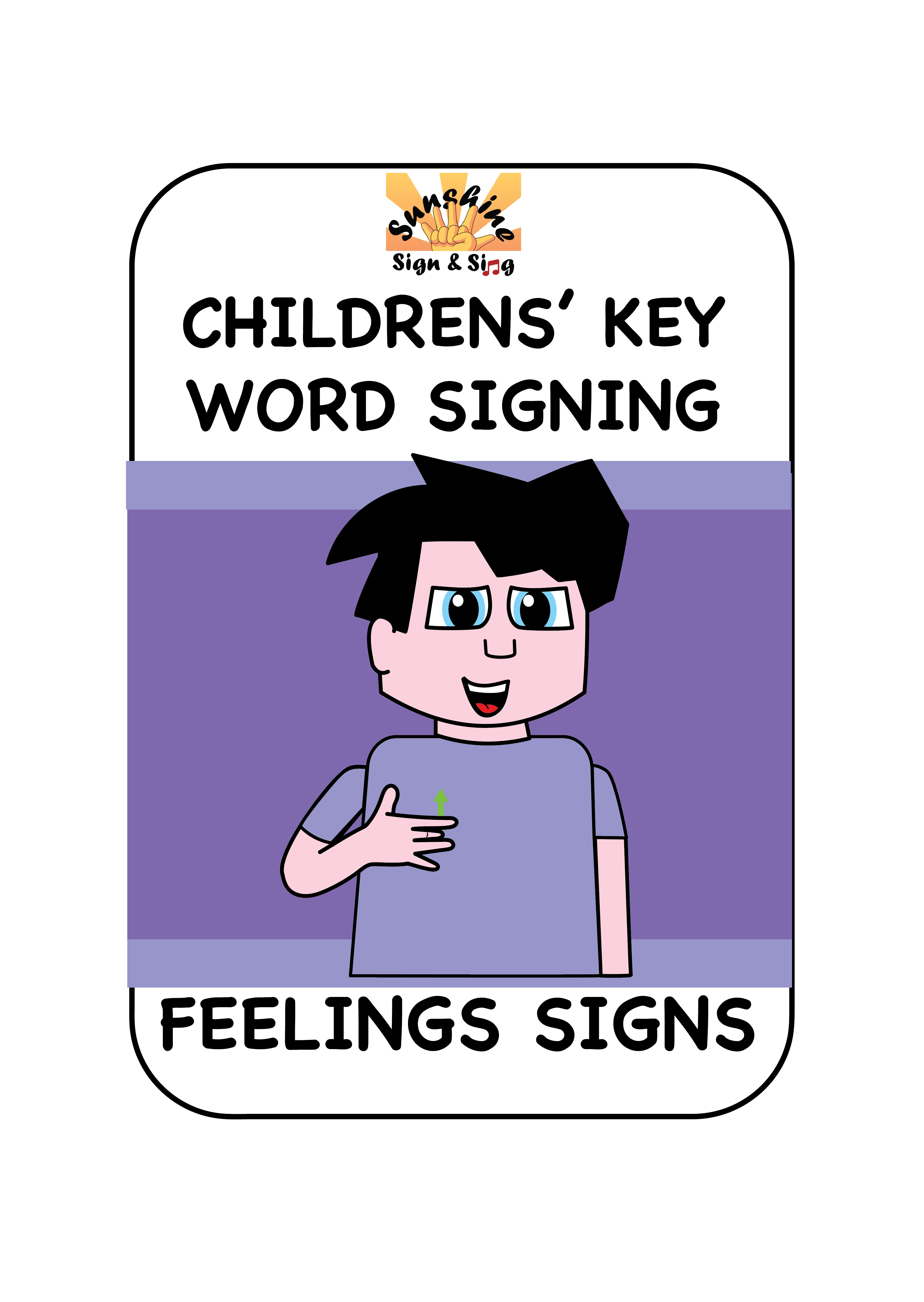
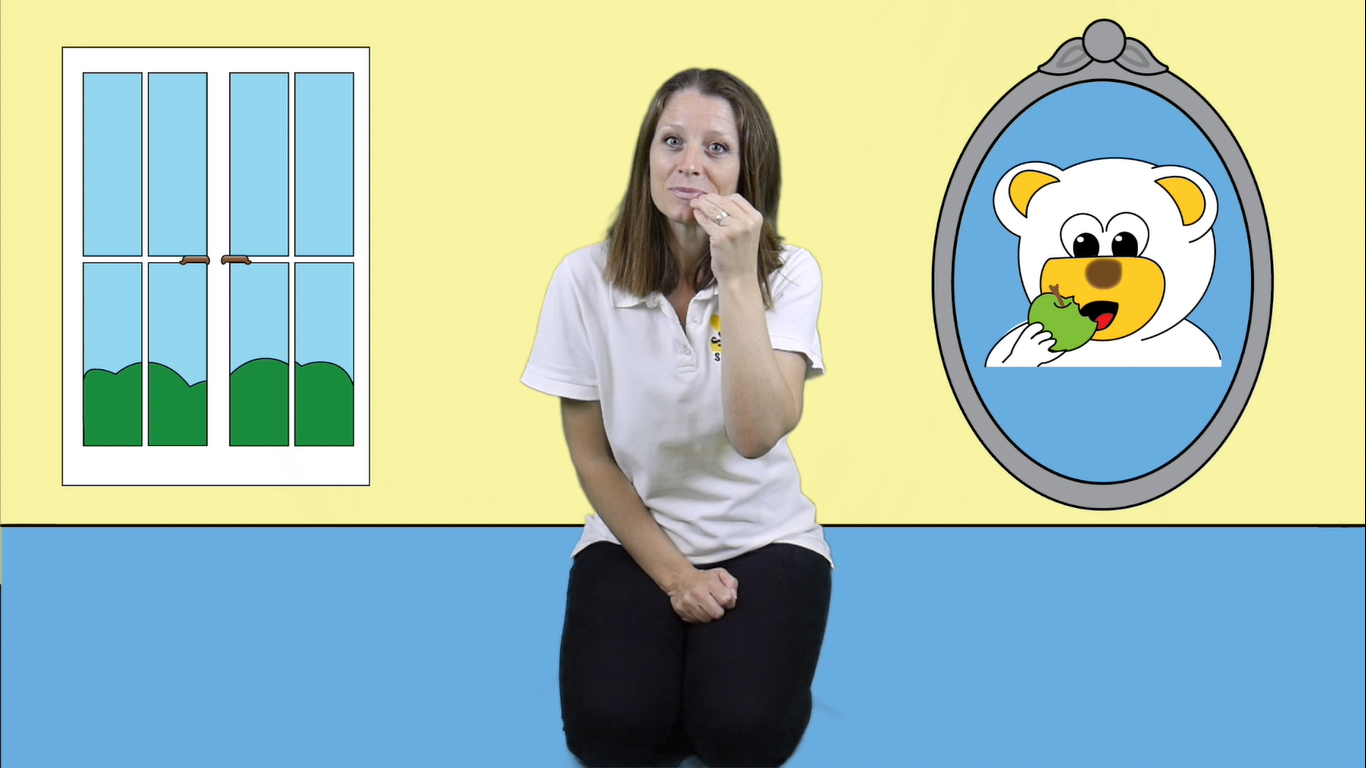



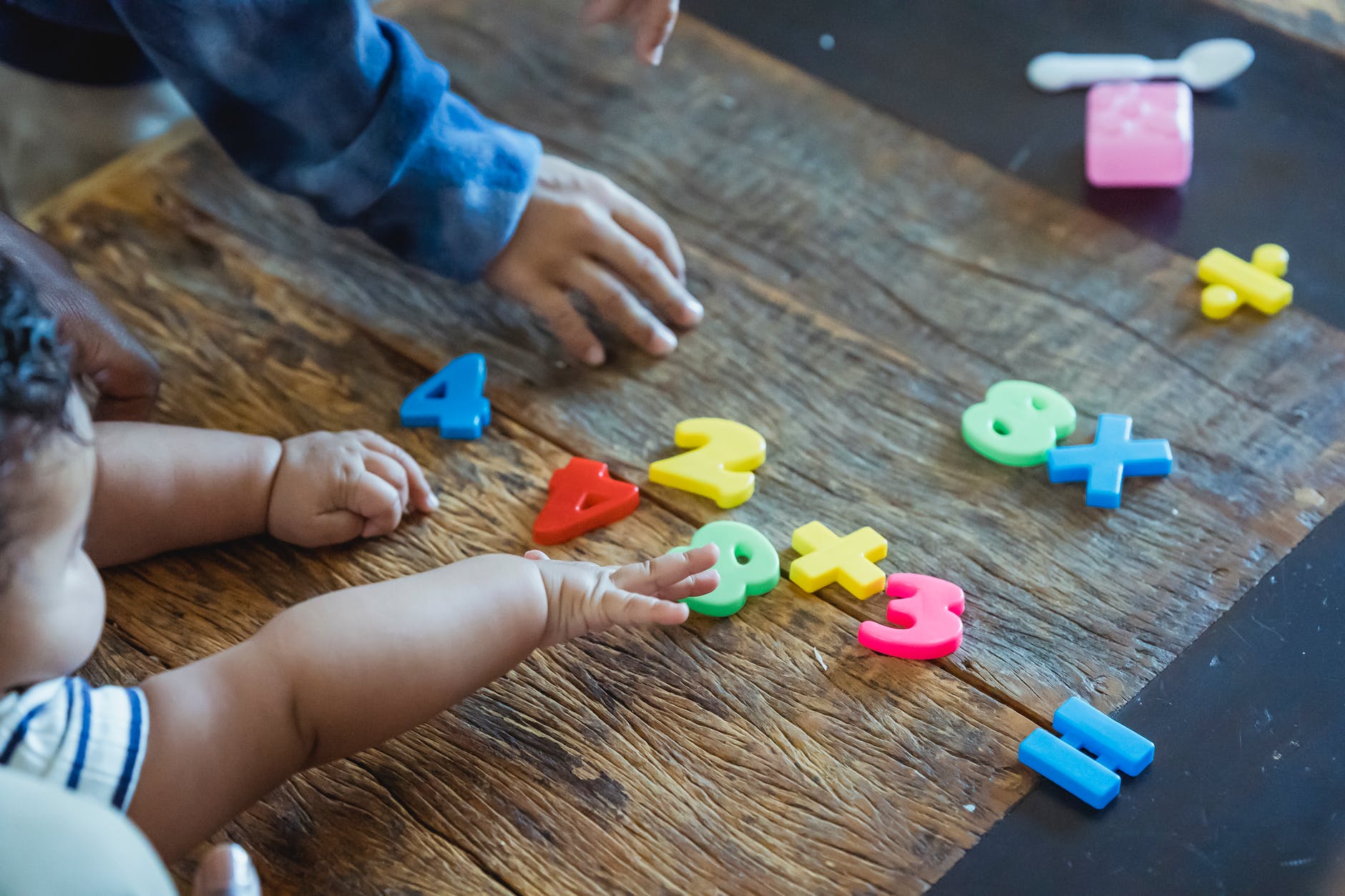
References
1 https://www.deafblindinformation.org.au/living-with-deafblindness/deafblind-communication/key-word-sign/ [accessed 2 July 2021]
2 paraphrased from https://www.speechpathologyaustralia.org.au/SPAweb/Members/Clinical_Guidelines/spaweb/Members/Clinical_Guidelines/Clinical_Guidelines.aspx?hkey=f66634e4-825a-4f1a-910d-644553f59140 – clinic guidelines – Augumentative and Alternative Communication – page 10
3 Millar DC, Light JC, Schlosser RW. The impact of augmentative and alternative communication intervention on the speech production of individuals with developmental disabilities: a research review. J Speech Lang Hear Res. 2006 Apr;49(2):248-64. doi: 10.1044/1092-4388(2006/021). PMID: 16671842. [accessed 5 July 2021]. Previously seen in Dr Leigha Dark presentation “Key Word Sign Australia Presenter Traning 2016 Issues in Research”
4 Dimitrova N, Özçalışkan Ş, Adamson LB. Parents’ Translations of Child Gesture Facilitate Word Learning in Children with Autism, Down Syndrome and Typical Development. J Autism Dev Disord. 2016 Jan;46(1):221-231. doi: 10.1007/s10803-015-2566-7. Erratum in: J Autism Dev Disord. 2018 Feb;48(2):637. PMID: 26362150; PMCID: PMC4762014. [accessed 5 July 2021]
5 Broadley, Macdonald and Buckley 1995, Remington & Clarke 1996, Schweigert & Rowland 1998, Miller et al
Dimitrova N, Özçalışkan Ş, Adamson LB. Parents’ Translations of Child Gesture Facilitate Word Learning in Children with Autism, Down Syndrome and Typical Development. J Autism Dev Disord. 2016 Jan;46(1):221-231. doi: 10.1007/s10803-015-2566-7. Erratum in: J Autism Dev Disord. 2018 Feb;48(2):637. PMID: 26362150; PMCID: PMC4762014. [accessed 5 July 2021]
Broadley, Macdonald and Buckley 1995, Remington & Clarke 1996, Schweigert & Rowland 1998, Miller et al
Millar DC, Light JC, Schlosser RW. The impact of augmentative and alternative communication intervention on the speech production of individuals with developmental disabilities: a research review. J Speech Lang Hear Res. 2006 Apr;49(2):248-64. doi: 10.1044/1092-4388(2006/021). PMID: 16671842.

